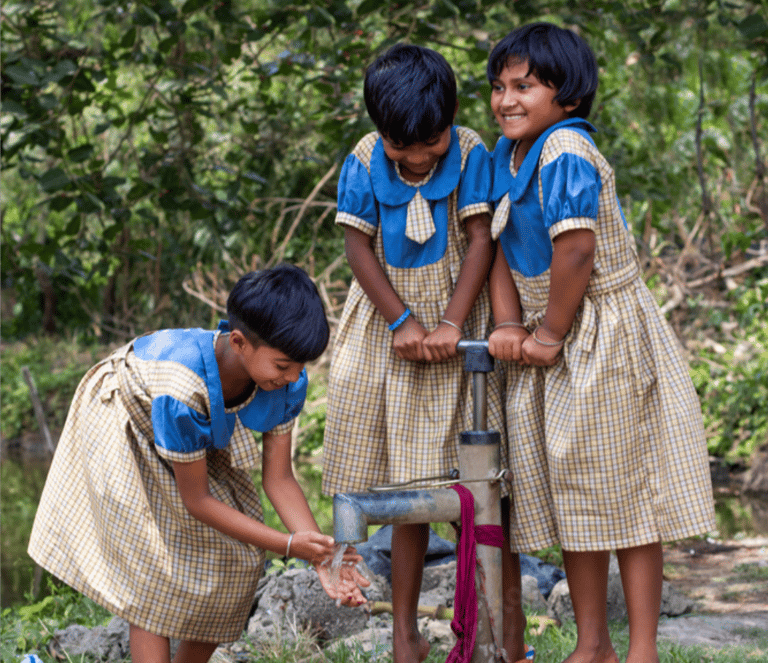Education: The Seed of Climate Action
When climate science is taught in school, it’s not just about facts and figures; it’s about perspective. Students start to see the bigger picture, ask questions, and think critically about how their world works and how they can make it better.
When climate science becomes part of what we’re taught in school, it’s not just about facts and figures, it’s about perspective. Students start to see the bigger picture, to ask questions, to think critically about how their world works and how they can make it better. Moreover, how they can make an impact, but, it doesn’t stop at textbooks. Imagine lessons that inspire kids to clean up their surroundings, start community gardens, or even advocate for environmental laws. The classroom becomes a launchpad for real change.
And it’s not just formal education that matters. Workshops, online courses, and community projects are all ways to reach people who might not have had access before. Knowledge spreads like roots, connecting people to ideas and showing them how even small changes—reducing waste, conserving water, switching to greener energy—can make a real impact.
Education also brings people together. Once individuals understand the ‘why’ behind climate action, they can build momentum as a group. Movements grow when people know what they’re fighting for and have the tools to demand better from governments and businesses. Social media, protests, and local initiatives are all fueled by shared knowledge and purpose.
More importantly, education has the power to remove obstacles that prevent people from participating in the discussion. The populations who are most impacted by climate change—typically marginalized areas—are sometimes the least prepared to deal with it. By guaranteeing universal access to climate education, we are addressing more than just environmental issues. We’re creating fairer, more inclusive solutions that work for everyone.
At its core, education isn’t just about knowing what’s wrong. It’s about learning how to fix it and believing you can. It serves as the catalyst for creativity, the basis for action, and the glue that brings people together. Prioritizing climate education is essential if we hope to have a sustainable future. Because passionate people don’t just sit back—they take the lead.
In a world where the climate crisis feels more urgent every day, it’s easy to feel overwhelmed by the scale of the problem. But there’s one tool that can shift the tide—education. It goes beyond simply studying carbon footprints and glacier melting. Education can motivate people to take action, uplift communities, and alter our perception of our responsibility to preserve the environment.


poltu shyamal/Shutterstock.com
